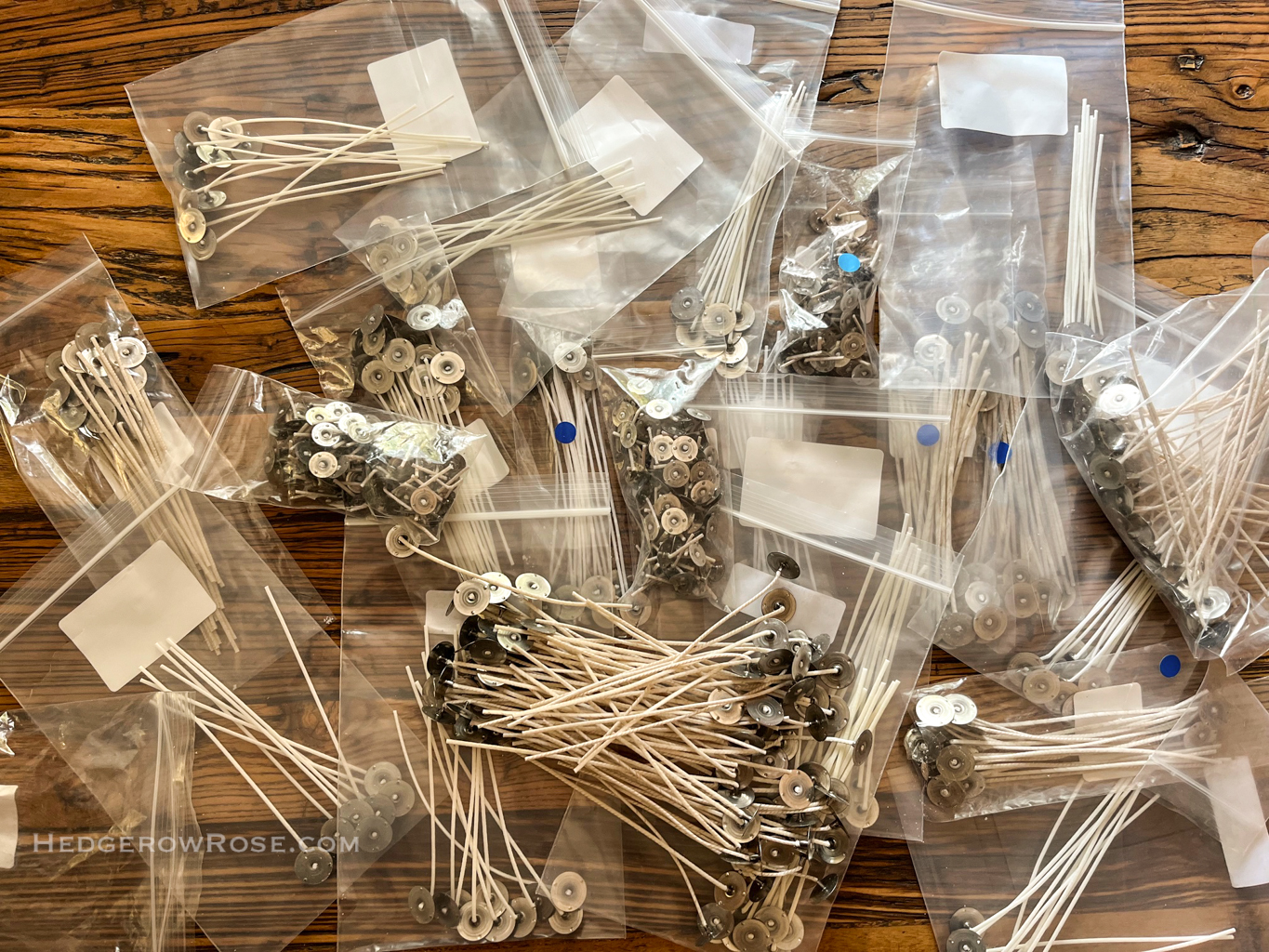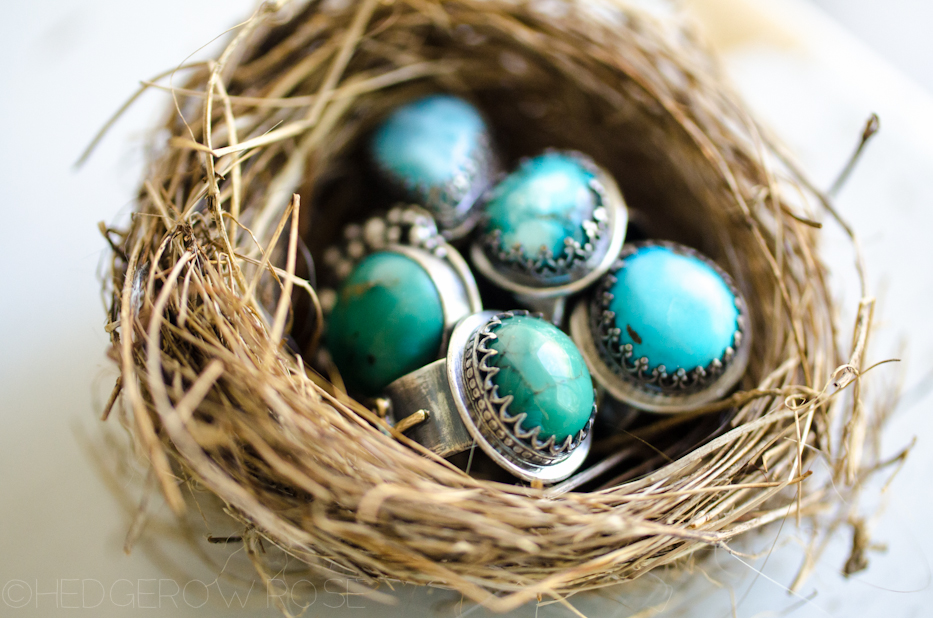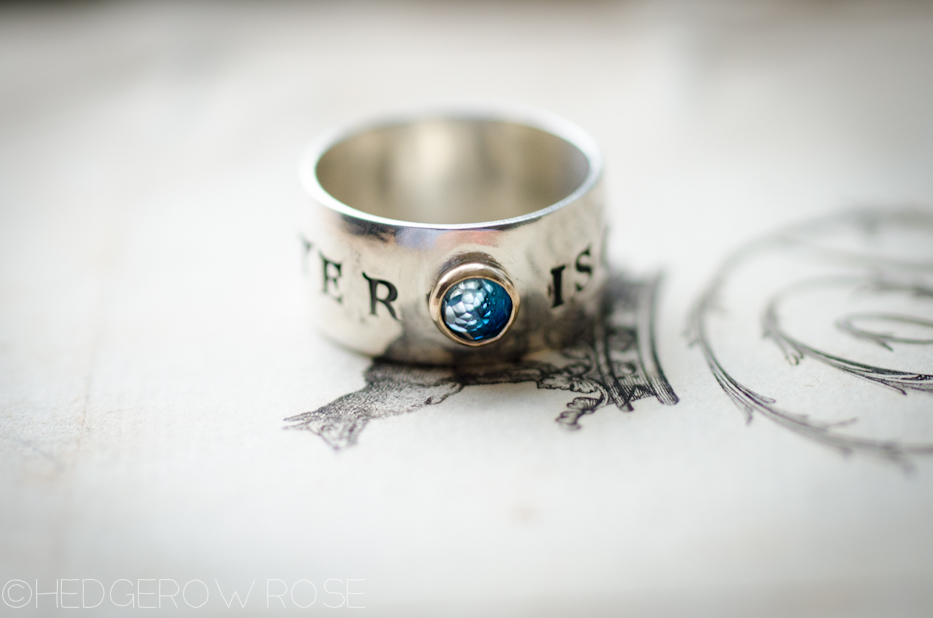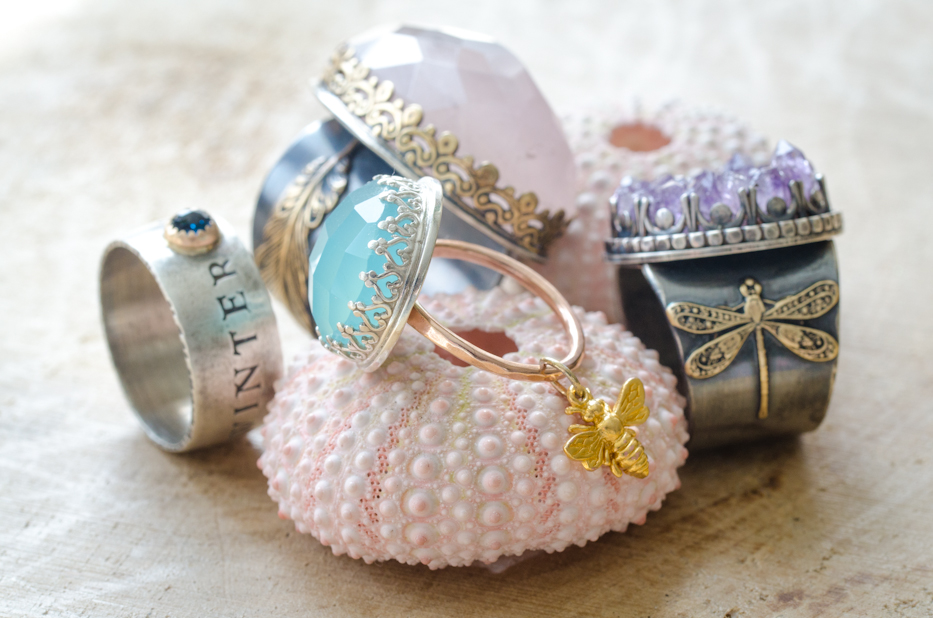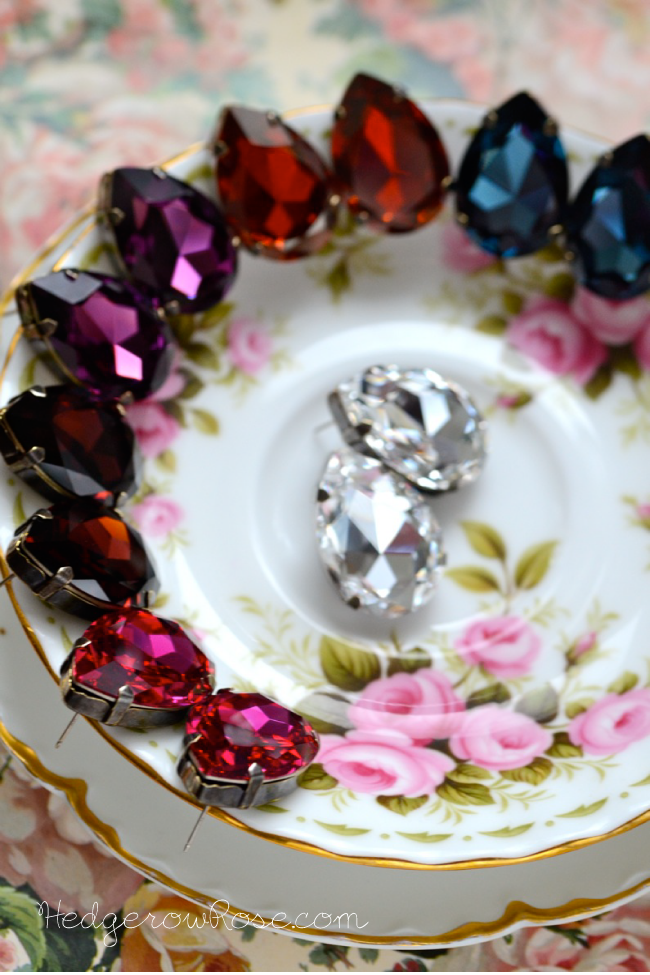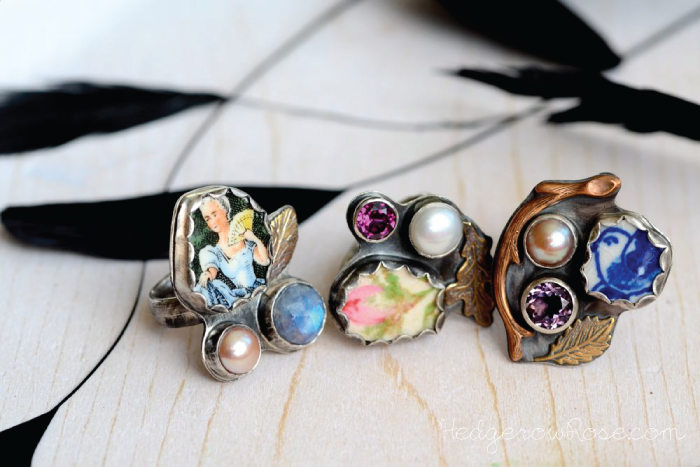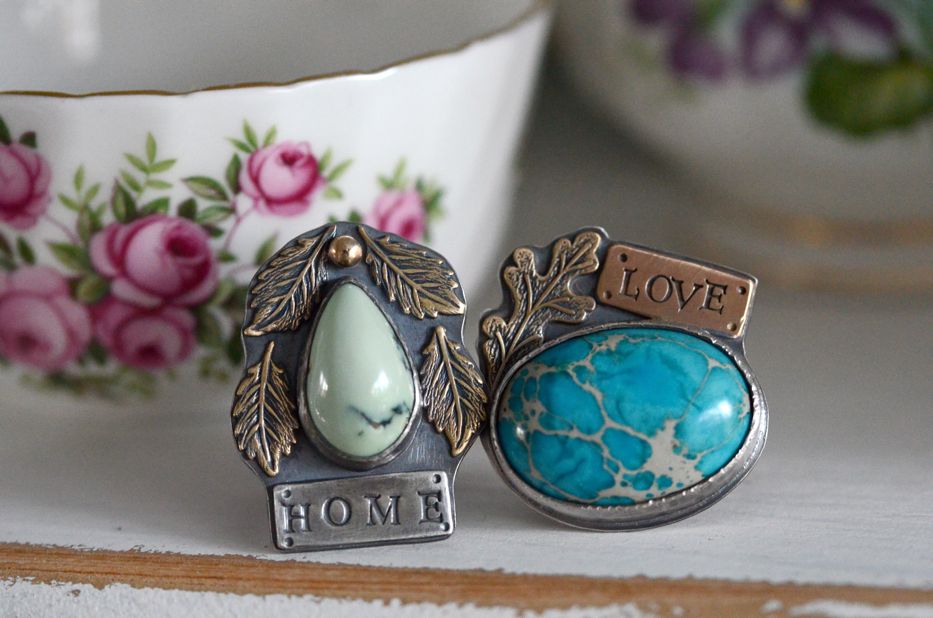3 Things I Wish I Knew Before I Started Candle Making
When I first began my adventure as an actual chandler (that’s MISS Chenandler Bong) I was pretty dewy eyed. It didn’t take long before I realized what an absolute nightmare wick testing was but by then I was in too deep to go back. Although I’m glad I continued, I sometimes wonder if I would have even started had I known how difficult and expensive the process of research and development was going to be.
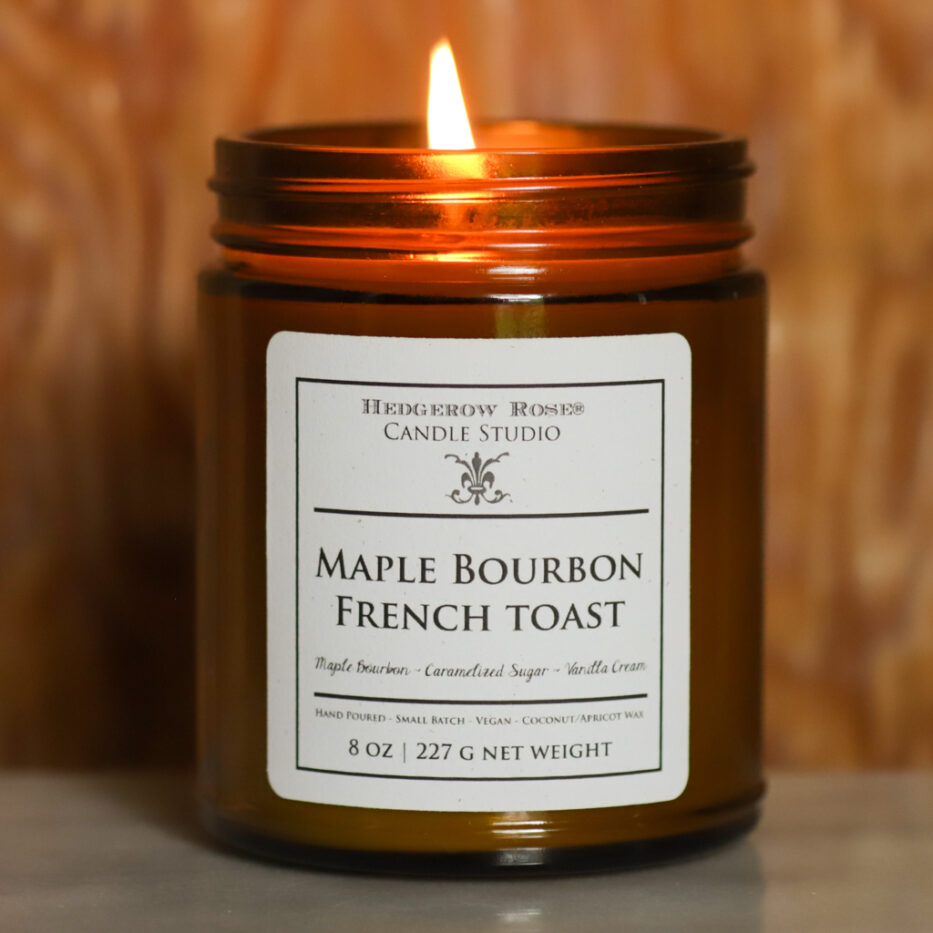
Don’t misunderstand me, I am still very much a novice. Every day I keep learning and every day I feel like a complete candle-making moron but that’s the nature of the beast, I think. During those beginning weeks, I spent hours combing through Reddit forums and watching Youtube videos. While initially helpful, after a while it started to feel like it did when I was learning beekeeping: everyone had a different opinion but everyone’s opinion was the correct one.

My learning started to feel circular, not linear. I kept returning to the beginning and second-guessing myself and my own test results. As I inched closer to the deadline of opening my shop there wasn’t a day that went by where I didn’t think about quitting. I suppose that any new venture is very much two steps forward and one step back but I bet that saying was coined in the days of yon and yore for some poor chap failing miserably at making his tallow candles.
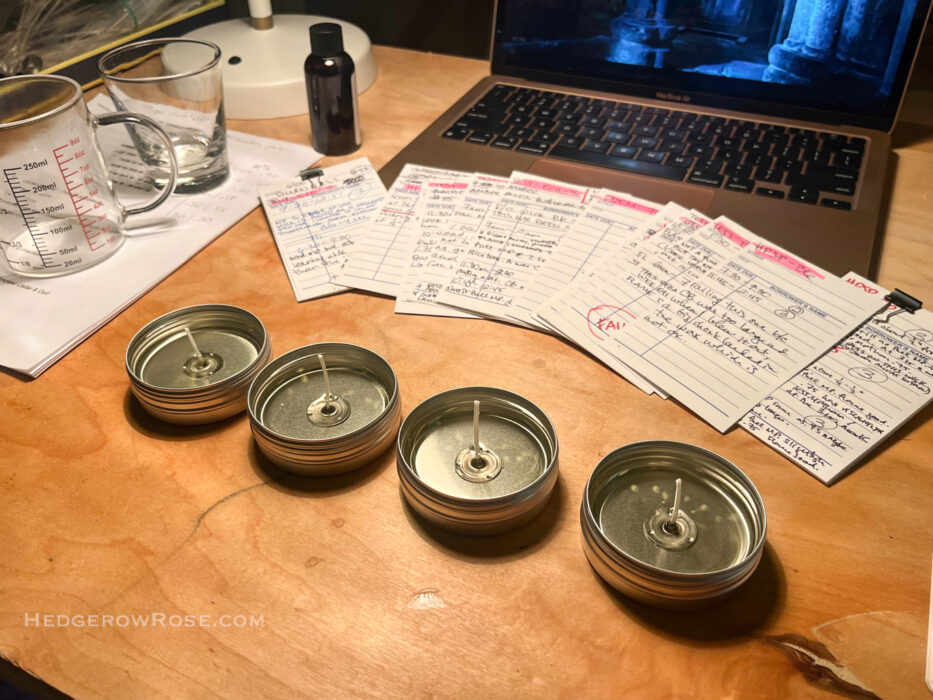
In the spirit of lending a helping hand to others, here are 3 things that I wish I had known when I was first starting out. Let me first say, there is already tons of info out there on the Interweb about the process of candle making including wax compositions, fragrance oil percentages, pouring temperatures, flame testing, liability insurance and more. This is more specific to how I could have saved a bit of time and money already putting those important elements into practice. So here goes:

ONE: Pick a vessel you know you want to use and ONLY TEST USING THAT VESSEL. This sounds like a no-brainer but hear me out. I thought I could use a less expensive glass vessel that was literally the same diameter and height as the one I would eventually use in my shop. But because the vessel was a slightly different shape, all my tests, and there were dozens and dozens, became obsolete once I began using the correct vessel. This is because the slightest variance in width, height, shape, wall thickness etc (and in my case I’m talking less than 1/8″) can make a difference on how your wax and wick will perform.
TWO: This is about wick testing, which to my mind, was and is the hardest part about candle making. I think my thoughts on this might be considered controversial but there is a literal graveyard of wicks I purchased and haven’t used sitting in my workshop right now that I don’t know whether to laugh or cry about. After watching a lot of tutorials, sifting through endless forums and testing testing testing all the live-long day for weeks on end I finally came to a realization: All the different kinds of wicks out there: HPSP, Premiere, ECO, LX, CD–I could go on and on–all of them have something good and something bad about them. This is the part where my learning started to feel circular because I tried everything but found something I liked and something I didn’t like about each one. So here’s my second tip: just pick the wick brand that you feel most comfortable using AND THEN test within that brand for the size that suits your vessel. I wish I had done this–it would have saved me a lot of money, time and my sanity.
THREE: My last tip is something that seems obvious but I think it’s a step that can be easily skipped especially when you’re riding the high of finally finding your wick. Tip 3 is to make sure and test each unique scent in your finished product. Don’t just assume that since Wick “X” worked perfectly for one fragrance oil it will perform the same for another. Sometimes they burn very differently even if all other things are equal. It’s all a chemistry experiment, after all!
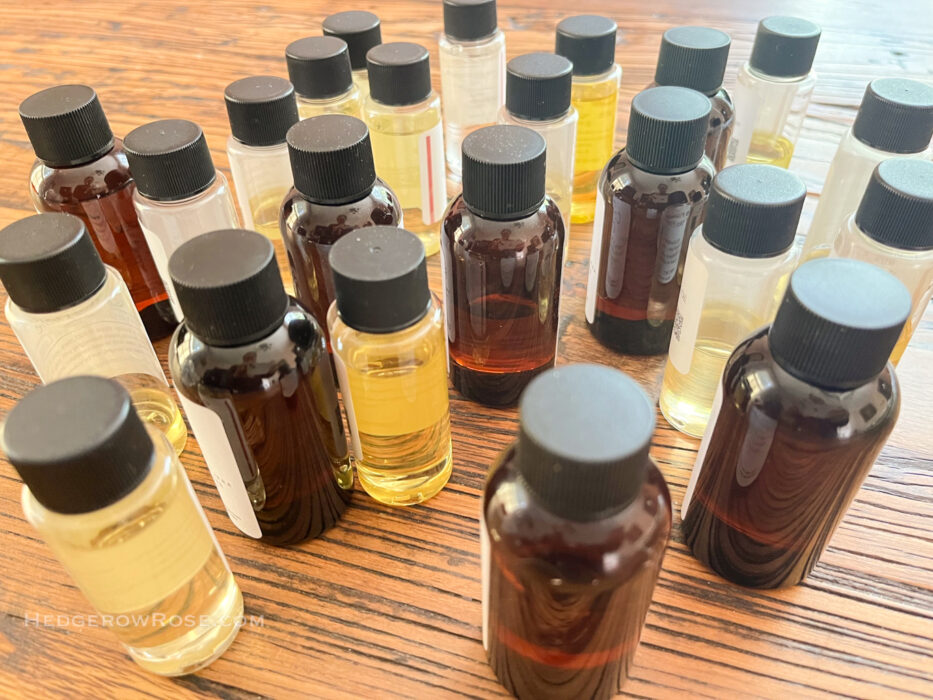
Thank you for reading. I hope these tips help other newbie chandlers out there and if you are also a candle maker, what tips would you add?

